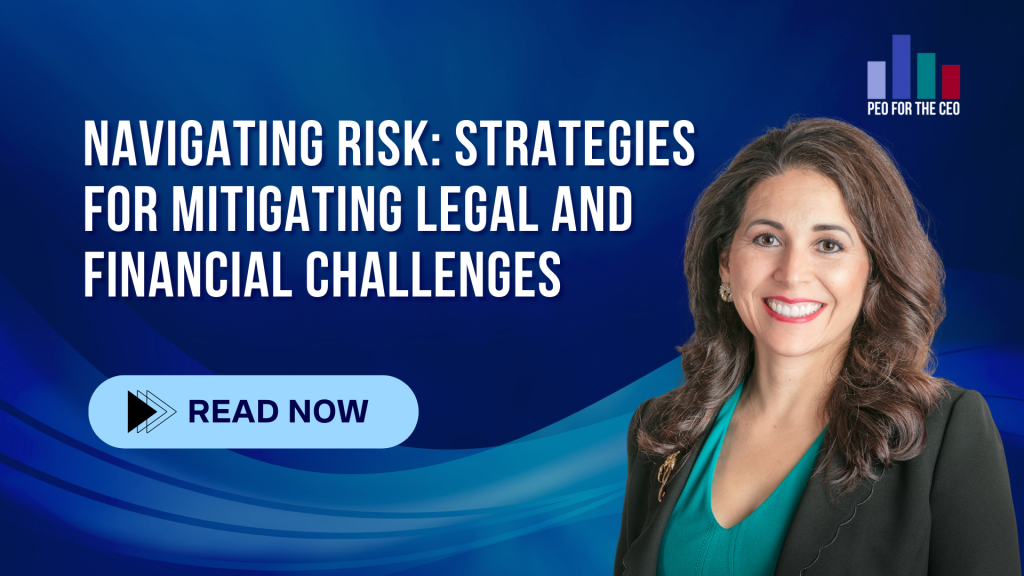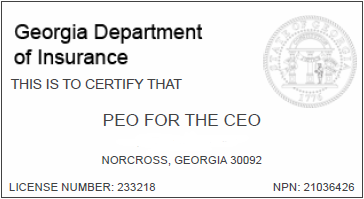Navigating Risk: Strategies for Mitigating Legal and Financial Challenges

In an ever-evolving business landscape, organizations face multifaceted risks that can impact their bottom line and reputation. From compliance pitfalls to cybersecurity threats, understanding risk mitigation strategies is essential. In this article, we explore key approaches to proactively manage risks and protect your company’s interests.
- Record-Setting Year for DOJ: In fiscal year 2023, the U.S. Department of Justice (DOJ) achieved a landmark year in settlements and judgments under the False Claims Act (FCA). Recoveries exceeded $2.68 billion, with a record 543 settlements and judgments. The healthcare industry accounted for nearly two-thirds of these recoveries.
- Whistleblower Cases on the Rise: Whistleblower-initiated qui tam lawsuits continue to increase. In 2023, 87% of settlements were tied to whistleblowers (“relators”), who can receive 15-30% of recovered funds. The DOJ recovered over $2.3 billion from 712 qui tam filings.
- DOJ Whistleblower Incentive Programs:
The DOJ’s Voluntary Self-Disclosure Program and Whistleblower Rewards Programs incentivize reporting. The DOJ encourages individuals to disclose misconduct proactively through a new Criminal Division pilot program.
To proactively mitigate risks, companies can consider the following strategies:
- Compliance Programs: Establish robust compliance programs that align with industry regulations and best practices. Regularly review and update these programs to address emerging risks.
- Internal Controls: Implement effective internal controls to prevent fraud, corruption, and other misconduct. This includes segregation of duties, access controls, and monitoring mechanisms.
- Training and Education: Provide comprehensive training to employees on compliance, ethics, and risk management. Ensure that employees understand their responsibilities and the consequences of non-compliance.
- Whistleblower Policies: Encourage employees to report concerns internally through well-defined whistleblower policies. Protect whistleblowers from retaliation and investigate reported issues promptly.
- Third-Party Due Diligence: Conduct thorough due diligence on vendors, suppliers, and business partners. Understand their compliance practices and assess potential risks associated with these relationships.
- Data Security: Safeguard sensitive data by implementing strong cybersecurity measures. Regularly assess vulnerabilities and address any gaps promptly.
- Risk Assessments: Conduct regular risk assessments to identify and prioritize potential risks. Use this information to develop targeted risk mitigation strategies.
Remember that risk mitigation is an ongoing process, and companies should adapt their strategies as the business landscape evolves.
How Peos Assisting Businesses With Risk Mitigation:
1. Comprehensive HR Services:
- PEOs offer a range of human resources (HR) services, including payroll administration, benefits management, and compliance support.
- By outsourcing HR functions to a PEO, businesses can ensure legal compliance, reduce administrative burdens, and minimize risks related to employee management.
2. Risk Pooling and Insurance:
- PEOs often pool multiple client companies together, creating a larger employee base. This allows them to negotiate better rates for health insurance, workers’ compensation, and other benefits.
- Businesses benefit from cost savings and access to comprehensive insurance coverage, reducing financial risks associated with employee-related claims.
3. Legal Compliance Guidance:
- PEOs stay up-to-date with labor laws, regulations, and industry standards. They provide guidance on compliance matters, such as wage and hour laws, anti-discrimination policies, and workplace safety.
- Businesses can rely on PEOs to navigate complex legal requirements, minimizing the risk of penalties or lawsuits.
4. Employee Training and Development:
- PEOs offer training programs for employees, covering topics like workplace safety, sexual harassment prevention, and diversity and inclusion.
- Well-trained employees contribute to a positive work environment and reduce risks related to workplace misconduct or accidents.
5. Risk Transfer:
- PEOs assume certain employer responsibilities, transferring risks associated with payroll taxes, unemployment claims, and workers’ compensation.
- Businesses can focus on core operations while relying on the PEO’s expertise to manage these risks effectively.
In summary, PEOs act as strategic partners, helping businesses navigate risks by providing expert guidance, cost-effective solutions, and streamlined HR processes. Consider partnering with a PEO to enhance your risk management efforts and focus on growth!
With over 600 PEO companies, how do you choose? As your dedicated PEO broker, we take a holistic approach to finding the right PEO partner for your business, helping you maximize your savings potential and avoid any undue risks.
Ready to be compliant with the ever-changing employer burdens and have peace of mind that your business will pass a DOL audit? Contact Suzanna@PEOfortheCEO.com today for personalized assistance or schedule a chat with us.
Visit
PEOfortheCEO.com to learn more.


